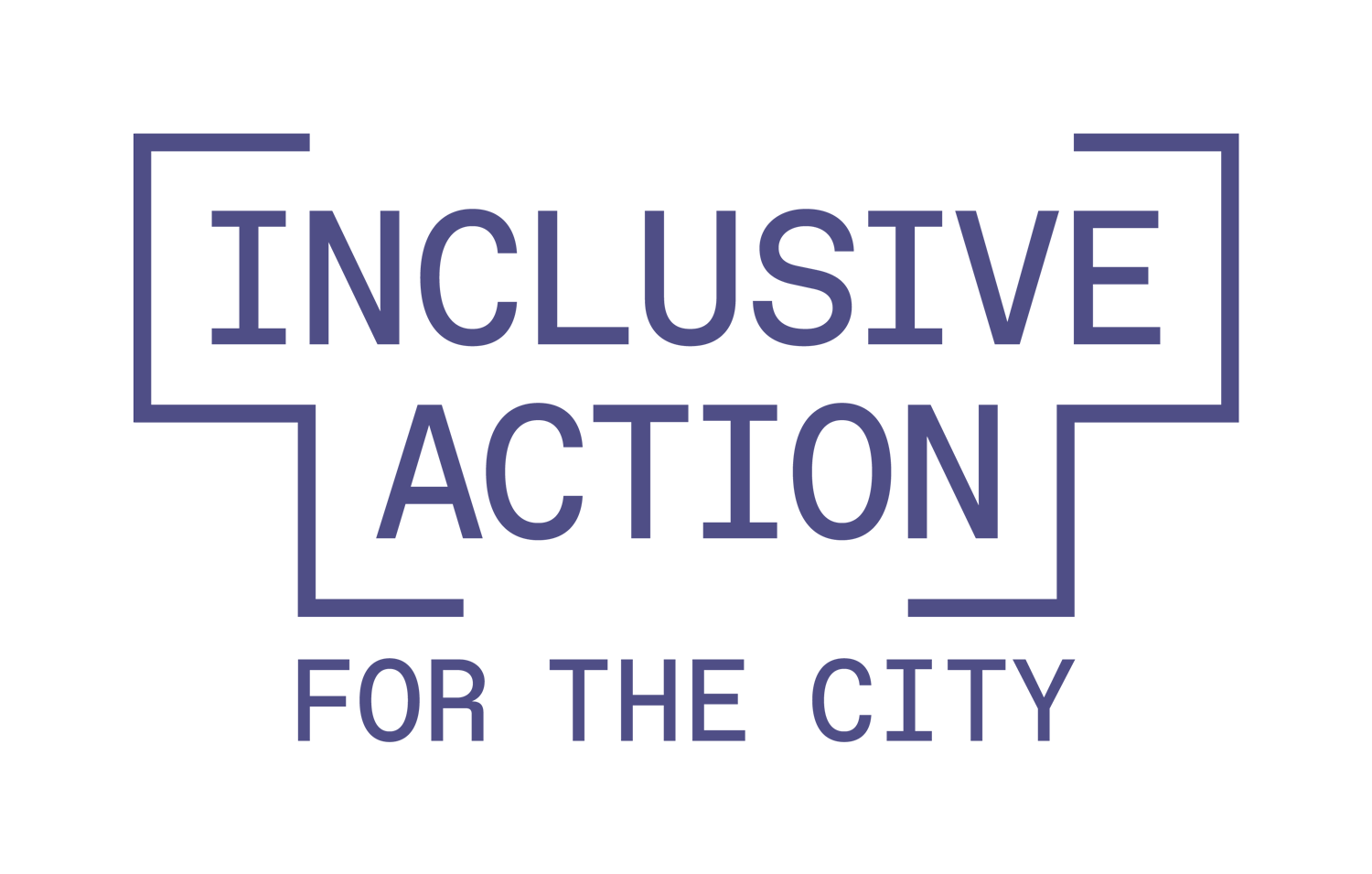Finding our strengths: How we approach hiring at LURN
LURN is hiring and the process of interviewing and vetting candidates has made me reflect on what it takes to build a strong team. We are committed to building a team that not only works well together but is effective in carrying out our mission. Although this isn’t the first time we’ve hired, the process is no less anxiety-ridden for me. Great organizations are made up of strong, committed people who go above and beyond to get the job done. How do you find them? How do you know if the person you hire is going to work out? How do you properly evaluate a candidate’s skills in an interview? Will they work effectively with the other people on the team?
I believe that everyone has unique strengths, special superpowers, that if channeled thoughtfully, can contribute to something much bigger than any one individual can do on their own. Last week, the team at LURN got a copy of StrengthsFinder 2.0. If you haven’t heard of this book, it summarizes Don Clifton’s work on Strengths-based Psychology and the accompanying test evaluates your strengths based on a 170 question survey that you take in about 30 minutes.
After taking the test, we were a little surprised by how much overlap we had and also some of the strengths that only one of us held. These are the top 3 overlapping strengths on our team:
1. Learner - Four out of the six of us have this as a top 5 strength. According to the book, we love to learn. “It enables you to thrive in dynamic work environments where you are asked to take on short projects assignments and are expected to learn a lot about a new subject matter in a short period of time.” This made a lot of sense for our organization. The complex issues our communities are facing requires us to be nimble in how we work and build up an ability to dive into issues we may not know too much about.
I think the best team members are those that are hungry for knowledge in this way. They are “seekers of truth” and have an insatiable appetite to get to the bottom of a problem. You know you have found a “learner” when you’re having a conversation with them about a random topic and they say, “Hmm...I don’t know the answer to that. Let me look it up right now.” (As they pull up their smartphone.)
2. Empathy - Three of us have this as a top 5 strength. This one is my personal favorite (and my #2 strength). Folks with this strength can “sense the emotions of those around you. You can feel what they are feeling as though their feelings are your own...you are able to see the world through their eyes and share their perspective.” Much of the work we do, especially in the advocacy arena, requires a great deal of empathy, both to find kinship with vulnerable communities and fight alongside them, but also to work with groups who may not understand the experiences of communities they’re not familiar with.
I think empathy lends itself well to an important trait in our work: the ability to communicate. One of the most important traits in a team member is an ability to communicate. Communication entails an ability to write and speak well, but also the capacity to be vulnerable with the people you work with: Can you share when you’re struggling with a project? Do you receive feedback well? Can you hold space for other team members to share their challenges with you? This is deep, but necessary. Having an ability to put yourself in the shoes of your client, your colleague, or your supervisor is crucial.
3. Developer - Three of us have this strength in our top 5. Developers are all about seeing the potential in others. They love helping people get to the next level. They are firm coaches and love to set clear milestones for people to achieve their goals. It’s no surprise that our Azusena, our Director of Programs had this as her #1 strength.
I also see people with this strength as having “ganas.” Developers tend to model the behavior they are trying to coach by showing people the way through action. They have gumption and want to show the way. I love working with people that have a strong sense of resourcefulness and initiative in this context. They are the folks that are quick to get up in a meeting to write notes on a flipboard to help the meeting-goers follow along. Folks with gumption show up to a meeting and don’t wait to be asked to help move tables or get more chairs. They’re leaning in and are active participants.
There were other interesting strengths that showed up that only one of us had. Lyric had a clear strength in problem-solving (the “Restorative” strength), Kat had a very strong ability to visualize the future of our work (the “Futuristic” strength), and Julie’s results highlighted her ability to build new relationships (the “Woo” strength).
My main takeaway from the exercise is that instead of solely focusing on improving our weaknesses, we should be aware of our personal strengths, and work with others who encourage and compliment the areas where we excel. This is the lens that we use as we recruit for our team, and also the spirit we embody when we work with organizational partners in the field. We can’t do everything ourselves here at LURN or in our communities; we need each other to bring our superpowers forward to make our cities better places to live.

